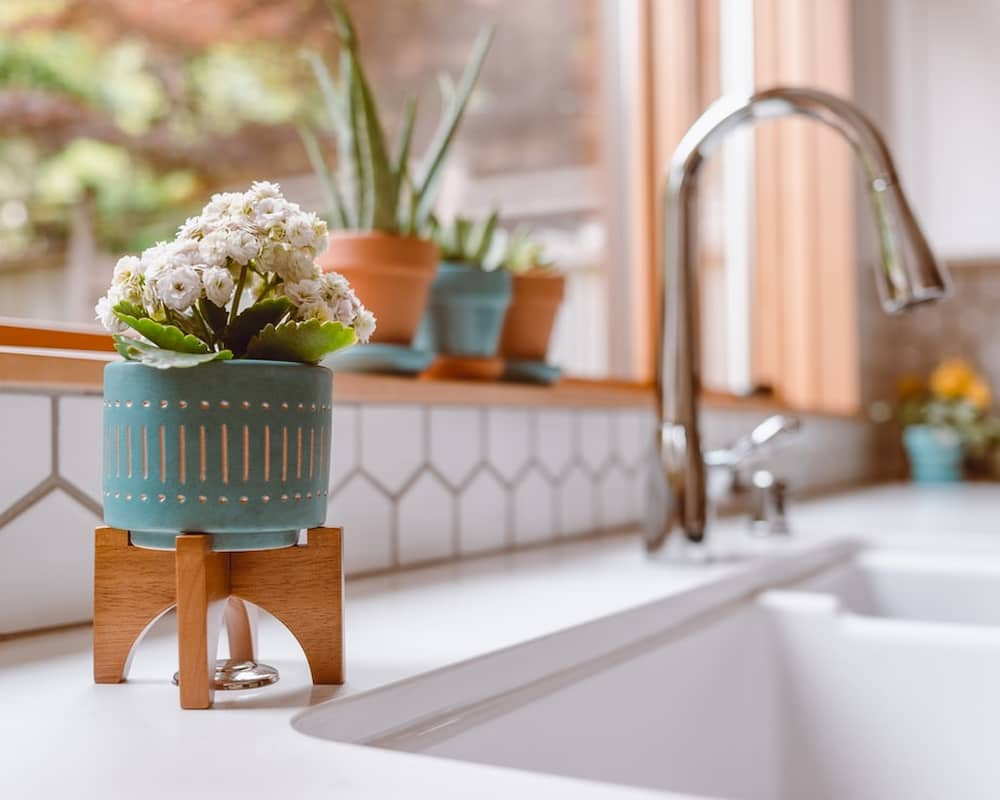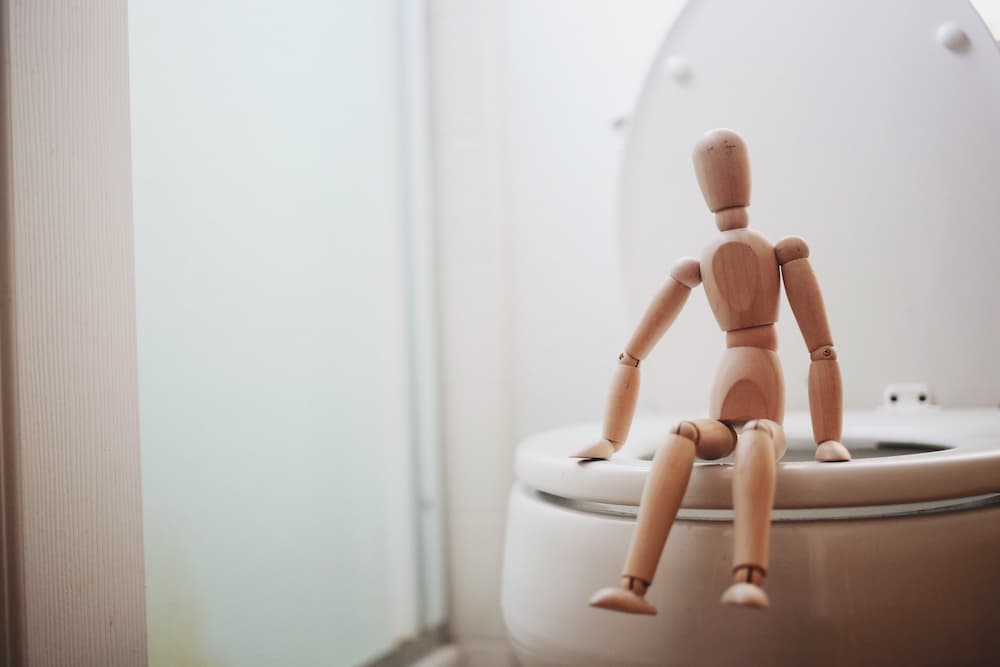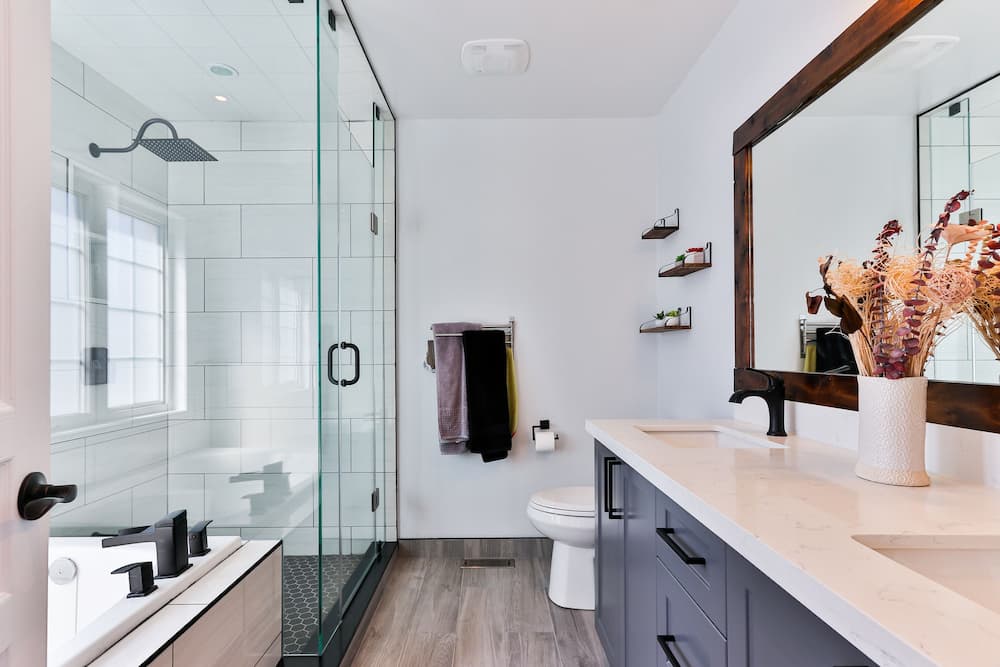* We independently evaluate all recommended products and services. If you click on links we provide, we may receive compensation.
Replacing a kitchen sink and its faucet makes a huge difference to the kitchen overall, especially considering how much it is used. It is one of the most used items in the house – often for washing dishes, filling water, etc. Installing a sink has been made very easy with some tools and household supplies. Some steps are tricky, such as connecting the drain and the tailpiece. There are also some plumbing problems that one needs to look out for. The key is to fit the sink into your countertop and cabinet.
It can take between $50 - $300 to install a kitchen sink. The precise amount varies based on the size, type, and availability of supplies at home. It will take about 4 to a maximum of 6 hours to install a sink.
The tools and materials mostly used are:
- Tubing cutter
- Jigsaw
- Drill/driver
- Screwdriver
- Pliers
- Wrench
- Tape measure
- Hacksaw
- Utility knife
- Straight edge
- Spade bit
This step-by-step guide mentions 8 steps that explain how to replace a kitchen sink yourself. The guide is divided into preliminary steps and installation. The former are all the steps needed before you install the sink into the countertop.
- Preliminary Steps (Steps 1-3)
- Installation (Steps 4-8)
Before following the step-by-step guide, here’s a video that can help you understand how to install a kitchen sink:
Preliminary Steps
Before installing a new sink some steps need to be undertaken to ensure a proper fitting. Read on to know what they are.
Step 1: Measuring the sink’s layout
Most sinks are attached to the counter and a cabinet. Mark the back edges of the counter so that the sink fits right in the center. Some sinks come with templates, if you have one use it to align it with marks on the counter. The back edge should be 1.5 inches parallel to the counter. Then, trace the template.
However, if there is no template then use a tape (2 inches wide) to create an outline for the center yourself. Then flip your sink and mark it on the counter. Then, align the marks of the sink to the counter. Place the sink till there are 1.5 inches between the backsplash and the back edge. The sink should be parallel to the edge of the counter. Trace the sink and then remove it. After measuring the sink lip’s width subtract about 1/8 inch and mark this in your sink outline.
Step 2: Mark the outline on the counter
Using a straight edge, connect the marks until you have a rectangular shape on the counter. Then curve the corners by hand. Using a wide spade, drill holes for each corner of the outline.
Step 3: Create a sink opening
Using a jigsaw blade, start cutting from one of the holes in the front and go all the way to the back hole. Repeat for the other side. Then, lay a piece of wood a couple of inches longer than the sawed area. Screw through the piece of wood – to avoid it from going in the saw’s blade – and into the cut waste. Then saw through the frontal and back lines and remove the marble that has been cut. Also, see if the sink fits into the countertop. You might have to trim it a bit more after this step.
Installation
The following steps are for after the countertop has been prepared for the sink fitting.
Step 4: Installing the faucet
Place the sink upside down on a counter, and insert the supply tubing of the faucet and the tailpiece in the gasket and through the hole of the sink. Screw and tighten the mounting bolts and washers on the back of the deck of the sink. Ensure that the faucet can swing across the sink before you tighten the bolts.
Step 5: Attaching the strainer
The next step is to attach the strainer. While the sink is upside down, put a layer of plumber’s putty below the strainer’s lip and push it upwards to the drain hole. Then add the gasket, washer, housing (if it comes with the strainer) on the underside of the sink. Put the pipe-joint compound on the threads that are hanging. Using your hand, thread the locknut on the strainer and tighten using pliers. Make sure to hold the strainer in place for this. Then attach the gasket and drain tailpiece to the strainer and its slip nut. Tighten the bolt again.
Step 6: Setting the sink
While the sink is upside down, remove the tape, and apply a strip of silicone caulk around and under the lip of the sink. Then place the sink in an upright position and lower it into the countertop. Ensure that the sink’s front is parallel to the front edge of the countertop. Then, connect the faucet to its valve with the help of acorn-head tubes or stainless steel hoses. Last, but not least attach a sprayer hose to the faucet and its tailpiece.
Step 7: Attaching the drain pipes
This step involves assembling the trap adapter on the drain tailpiece. Fit PVC pipe strips and attach them to the trap adapter to the waste line. Slide the trap on the tailpiece and adjust the length alignment of the pipes. Then separate the drain pieces.
Using a knife, clean the ends of the piece and coat them with a PVC primer – and allow to dry. Put PVC cement on the two ends being joined and push them together and hold for 30 seconds. Tighten all connections.
Step 8: Attaching the drain
The final step is attaching the drain line to the tailpiece. Once you do that tighten the hose with a screwdriver. Also, remove the extra plumber’s putty from the strainer.
Remove the aerator piece at the faucet and open the water on full. Check for leaky connections at the supply lines and drain. If there are leaks, then the bolts and screws need to be turned by one eighth to stop leakage.
Finally, check whether the front edge of the sink and counter’s edge are parallel. Also, open the water and fill the sink so that the sink fits properly, and let the water sit overnight for the caulk to set.



